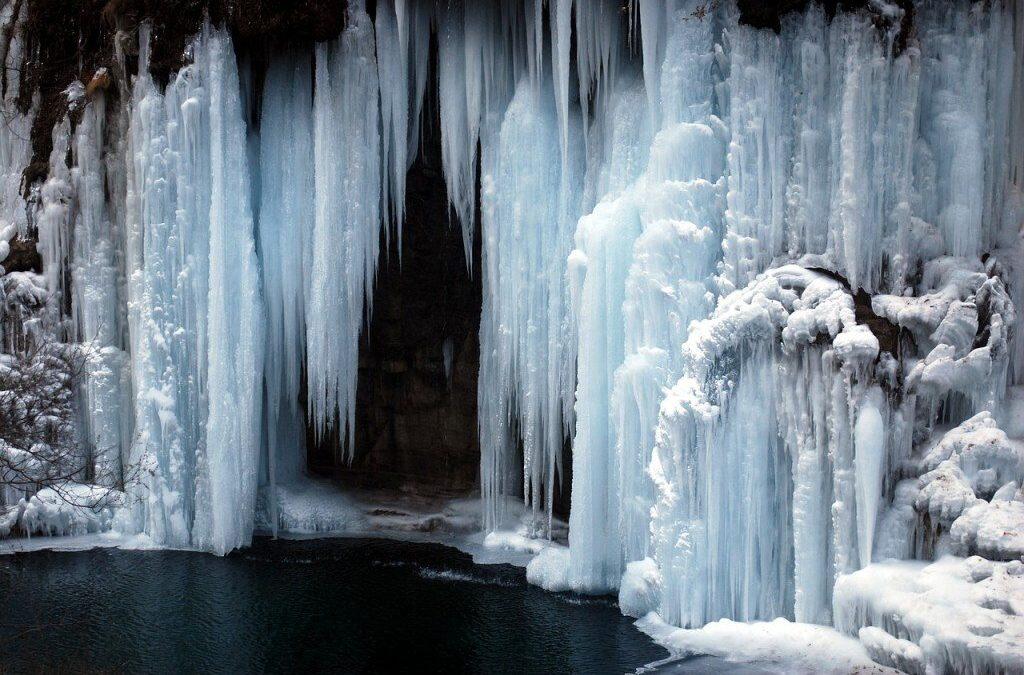Water, a fundamental part of life, may seem a vulgar and simple element, but the truth is that it is surrounded by mysteries. One of them is its freezing point. Contrary to what many people believe, the H2O does not necessarily reach it at 0ºC, but it can cool much more before becoming the ice of our drinks. To what extent is it possible to cool the liquid water without freezing it? Previous research pointed to 12.77ºC below zero, but now a team with participation of researchers from the Higher Council for Scientific Research (CSIC) has lowered the temperature much more: it has shown that pure liquid water can exist at 43ºC, the minimum reached so far.
The results are published in the latest issue of the Physical Review Letters and are much more than a scientific curiosity, since the anomalous properties of H2O can affect the climate and have been key in the preservation of life on the planet.
Water has anomalous properties, for example, its density, which is maximum at 4 ° C, or the fact that its solid form is less dense than the liquid state. These peculiarities have allowed to preserve life at the bottom of the frozen lakes during the glaciations and affect the terrestrial climate because the floating ice caps do not modify the level of the oceans. Some of these anomalies, such as the heat capacity (the amount of energy needed to change the temperature of a substance) are accentuated when the water cools below the freezing point (0 ° C).
“The origin of this anomaly is attributed to the peculiar structure of hydrogen bridges between water molecules, but no detailed explanation is available at the molecular level. One way to delve into this knowledge is to study the structure of sub-cooled liquid water, which is the one that remains in a liquid state below the freezing point, “explains CSIC researcher José María Fernández, who works at the Institute for the Structure of the Matter.
The H2O molecules in their liquid or solid state are linked together by hydrogen bonds, forming a three-dimensional network. This network is responsible for the water being liquid at room temperature and its anomalous properties.
“The more the water cools below 0 ° C, the more unstable it becomes with respect to its conversion to ice, so the deeply sub-cooled water is so inaccessible,” adds the CSIC researcher, whose work is a new method for measuring the temperature of liquid water droplets with an accuracy of + -0.6 C °.
Tiny drops
The experiments have consisted in preparing a very uniform row of tiny droplets, about six microns in diameter, inside a vacuum chamber. “When traveling in a vacuum, at a speed of 72 kilometers per hour, the droplets are rapidly cooled by surface evaporation. To determine if the drops were still liquid at one point or had frozen, we illuminated them with a focused laser beam, and we spectrally analyzed the light scattered by them, “explains Fernández.
The technique for producing subcooled liquid water can be used in other experiments for structural determination, such as synchrotron X-ray diffraction, or neutron diffraction, as well as applying it to micro-droplet experiments of other sub-cooled liquids to accurately measure its temperature.
Source: abc.es











